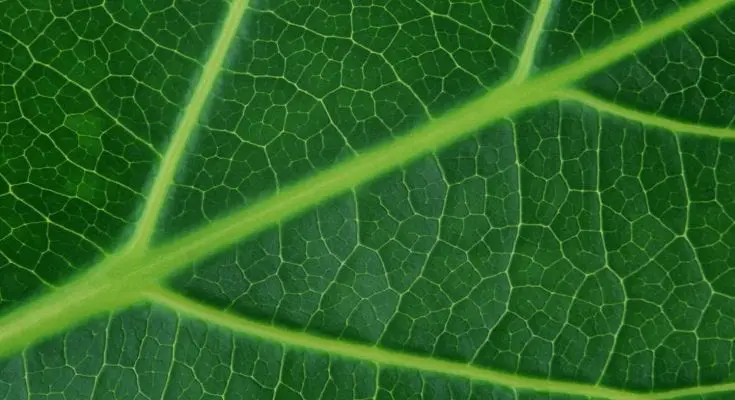What is Photosynthesis?
Photosynthesis is the phenomenon by which plants, certain bacteria, and protistans transform the energy received by sunlight into glucose and oxygen. The conversion from sunlight to chemical energy is made possible by the presence of the green pigment chlorophyll in these above-discussed organisms. They are called photosynthetic organisms for this reason.
Photosynthesis can be of two kinds – oxygenic photosynthesis and anoxygenic photosynthesis. Both kinds share commonalities in the process, barring a few differences. Oxygenic photosynthesis is most commonly observed. When oxygenic photosynthesis occurs and changes occur with atoms and chemicals, light energy converts electrons from water to carbon dioxide to form carbohydrates. The CO2 is reduced, and the water becomes oxidized. As a result, oxygen is produced besides the carbohydrates. Oxygenic photosynthesis counteracts the carbon dioxide in our environment that’s let out by animals during respiration and balances the oxygen content.
Anoxygenic photosynthesis can be observed in bacteria found in aquatic habitats. Electron donors other than water are used in this process, and the end result of this process depends on the electron donor. Both oxygenic and anoxygenic photosynthesis are extremely complicated processes but are made accessible by chemical equations. Research has found that photosynthetic organisms could possibly prove to be a source of clean-burning fuels in the future.
Recent discoveries of a bottleneck relief in photosynthesis could make a big impact on food crop production. The interactions with trees and the impact on urban green movements is also substantial. Further understanding how plants breathe can potentially produce drought resistant crops.



